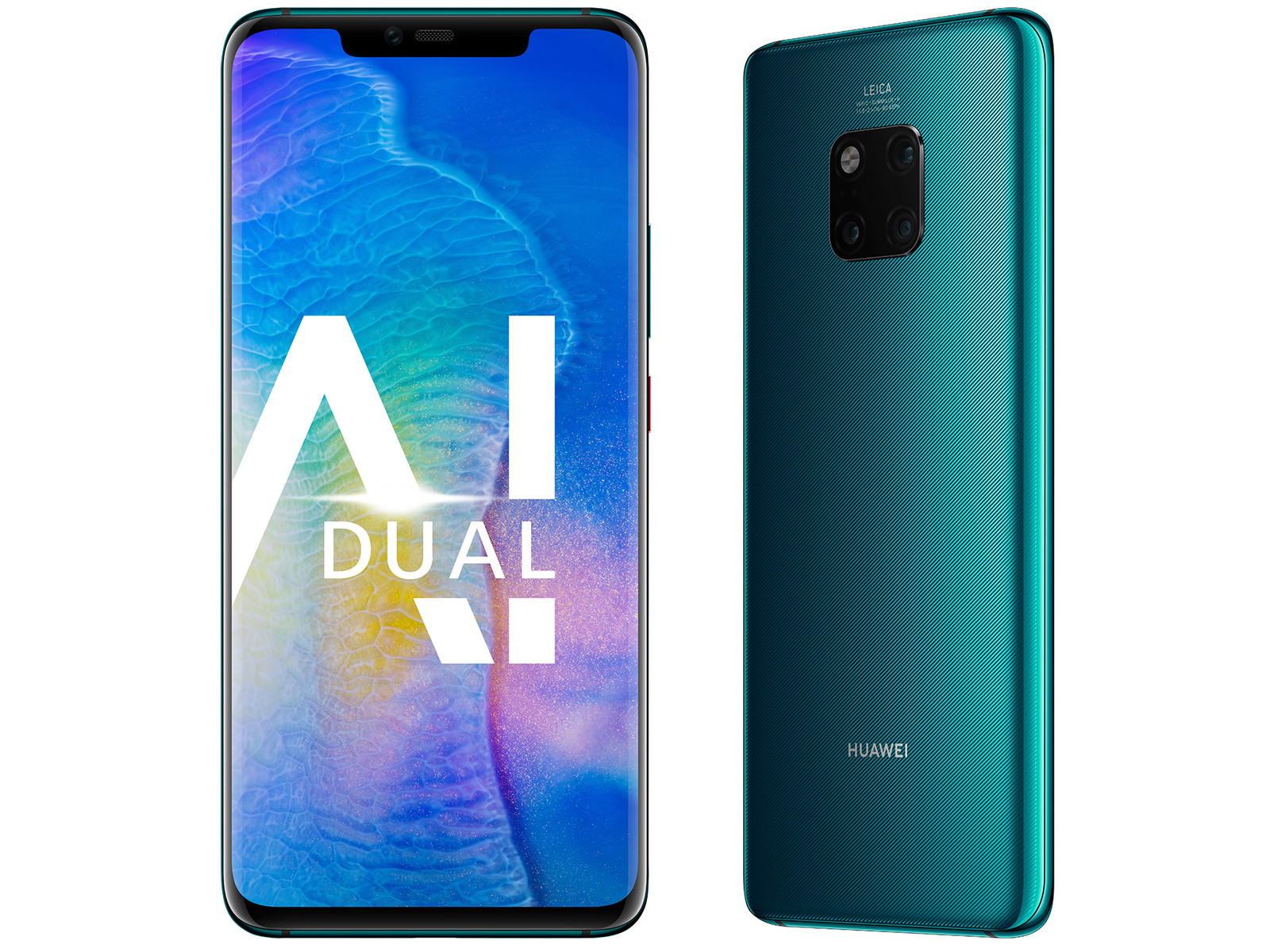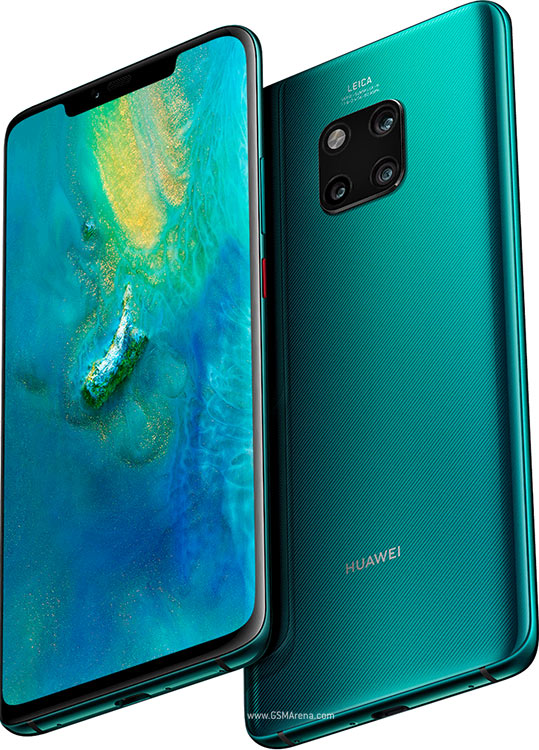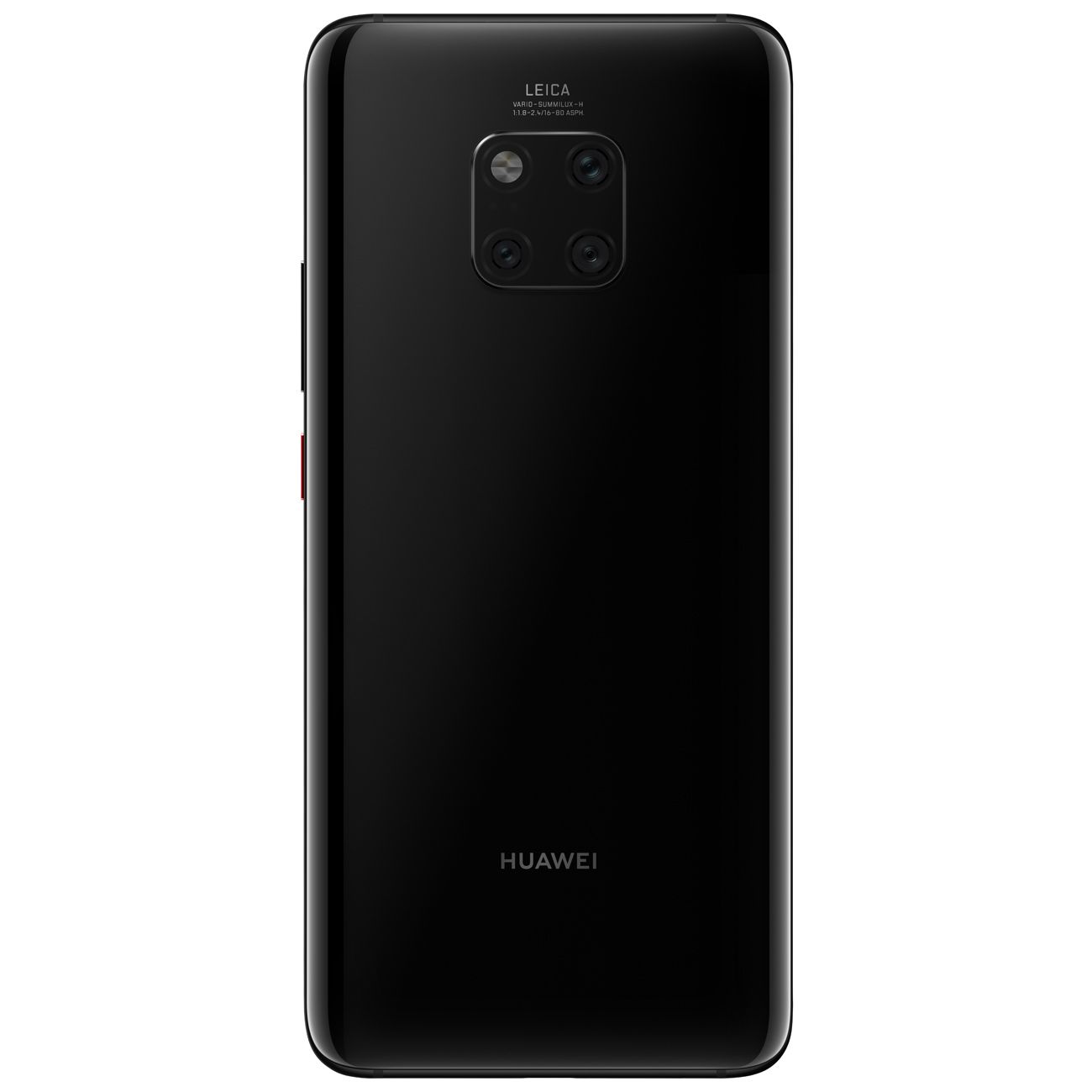Opplev Huawei Mate 20 Pro - en mobiltelefon med imponerende batteritid, avansert kamera, stilfullt design og kraftig ytelse. Les mer på GadgetsLand.
Innholdsfortegnelse
En mobil med absolutt alt
Huawei har nok en gang lansert en imponerende toppmodell som setter konkurrentene på prøve. Huawei Mate 20 Pro tar over for P20 Pro og leverer en oppgradert versjon av Mate RS Porsche Design med flere funksjoner og en lavere pris. Dette er uten tvil en mobiltelefon du bør holde et øye med denne høsten og vinteren.

En kraftpakke
Huawei Mate 20 Pro imponerer med et enormt batteri på 4200 mAh, som er enda større enn batteriene i sine forgjengere. Dette betyr at telefonen har en eksepsjonell batteritid som gjør at du kan bruke den hele dagen uten å bekymre deg for å lade den opp. Og når den først trenger lading, støtter den Huaweis egen hurtigladingsteknologi på 40 watt, som lader opp batteriet ditt raskt og effektivt. Du kan også benytte deg av trådløs hurtiglading for ekstra bekvemmelighet.

Del strøm med andre enheter
En unik funksjon i Huawei Mate 20 Pro er muligheten til å snu ladefunksjonen i telefonen og dele strøm med andre enheter. Dette betyr at du kan legge en annen telefon rygg mot rygg med Mate 20 Pro for å overføre litt av den imponerende strømreserven til et annet batteri. Selv om denne funksjonen ikke er veldig rask, kan den være svært nyttig i nødsituasjoner.
Se også
Avansert kamera
Mate 20 Pro bygger videre på suksessen til P20 Pro med sitt imponerende kamera. Den fantastiske nattmodusen som fungerer som et innebygd fotostativ er fortsatt til stede, og kameraets ytelse har blitt forbedret ytterligere. Den mest betydningsfulle oppgraderingen er erstatningen av den gamle svart-hvitt-delen med en vidvinkellinse. Dette gir deg muligheten til å fange enda mer av omgivelsene dine og utvide kreativiteten din som fotograf.

Design og skjerm
Huawei Mate 20 Pro har en stilfull design med en metallramme og glassbakside. Den har også fått en ny "Hyper Optical" finish som forbedrer grep og reduserer fingeravtrykk. Telefonen leveres med en 6.39 tommers 1440p OLED-skjerm med buede kanter og et "teardrop" formet notchedesign. Mate 20 Pro har også fått IP68-sertifisering, som gjør den støv- og vanntett.

Kraftig ytelse og lagringsmuligheter
Under skallet finner vi Huaweis toppmoderne Kirin 980 system-on-chip, som benytter seg av en 7 nanometer produksjonsprosess og er utstyrt med en octa-core CPU og en AI akselerator. Mate 20 Pro leverer rask og responsiv ytelse uansett hva du måtte bruke telefonen til. Når det gjelder lagring, har Mate 20 Pro en egenutviklet minnekortformat kalt Nano Memory, som gir deg muligheten til å utvide lagringsplassen på en enkel og praktisk måte.
Se også
Avsluttende tanker
Huawei Mate 20 Pro er uten tvil en mobiltelefon som setter standarden for hva vi kan forvente av dagens toppmodeller. Med sitt imponerende batteri, avanserte kamera, stilfulle design og kraftige ytelse, er Mate 20 Pro en mobil som passer for både profesjonelle og kresne brukere. Denne modellen viser nok en gang Huaweis evne til å levere innovative og konkurransedyktige produkter til markedet.

Hva vil Wiki fortelle oss?
Huawei Mate 20 is a line of Android phablets produced by Huawei, which collectively succeed the Mate 10 as part of the Huawei Mate series. The flagship models, the Mate 20 and Mate 20 Pro, were unveiled on 20 July 2018 at a press conference in London.
The Mate 20 and Mate 20 Pro share a similar design, with a metal frame and glass backing, and a patterned "Hyper Optical" finish with various color options, designed to improve grip and reduce susceptibility to fingerprint smudging. The Mate 20 Pro has IP68 certification. Both models utilise the Kirin 980 system-on-chip, an octa-core SoC featuring Cortex-A76 and Cortex-A55 CPU cores, Mali-G76 MP10 GPU, and a pair of AI accelerators. It was promoted as being the first commercially produced SoC utilising a 7 nanometer production process. Both models feature USB-C connectors, while the Mate 20 Pro does not include a headphone jack. The device features front stereo speakers with Dolby Atmos support.
The Mate 20 uses a 6.53 in (166 mm) 18.7:9 1080p LCD display, while the Mate 20 Pro uses a 6.39 in (162 mm) 19.5:9 1440p display with curved edges. Both displays contain notches, with the Mate 20 featuring a "teardrop" shape, and the Mate 20 Pro containing a larger tab concealing additional infrared sensors used for a face recognition system. The Mate 20 Pro includes an optical in-screen fingerprint reader. The Mate 20 uses a physical fingerprint sensor on the rear below the cameras instead. Mate 20 Pro model support Qi inductive charging, including "reverse" charging of other Qi-compatible devices from its own battery power. For storage expansion, the Mate 20 utilises a new, proprietary memory card format known as Nano Memory rather than MicroSD, which exactly matches the dimensions of a Nano-SIM card. As such, the devices utilise a hybrid SIM tray where the second slot can be used for either expanded storage or a second SIM card.
The Mate 20 features three rear-facing cameras with Leica optics in a square-shaped array, with the Mate 20 Pro using 40-megapixel wide angle IMX600, 20-megapixel ultra wide angle, and 8-megapixel telephoto sensors, and the Mate 20 using 12-megapixel, 16-megapixel ultra wide angle, and 8-megapixel telephoto sensors. Unlike previous Huawei phones, it does not include a monochrome lens for contrast adjustment and greyscale images, with the company citing improvements to the colour sensors as making it redundant. This is accompanied by improvements to Huawei's artificial intelligence object recognition system, which can now distinguish between multiple types of subjects in a scene to selectively apply enhancements (rather than only applying one to the entire photo) and can recognize 1,500 possible scenarios (a three-fold increase over the P20's similar system). The camera software also features new "AI Cinema" effects modes. Both devices feature 24-megapixel front-facing cameras.
The Mate 20 ships with Android 9.0 "Pie". It introduces Huawei's EMUI 9 software suite, which was designed to be more streamlined in comparison to previous iterations. It includes new features such as screen gesture-based navigation, Digital Balance (a dashboard for tracking and limiting device usage), HiVision (an augmented reality object recognition experience for the camera), and Password Vault among other features. The Mate 20 was upgraded to Android 10 featuring EMUI 10.
Vlad Savov of The Verge felt that the Mate 20 Pro "wasn't the best overall Android smartphone", but argued that its specifications "checked off every wishlist item you can think of", and cited standout features such as its extensive battery life, and "iPhone-like" responsiveness (whilst also noting Huawei's frequent use of user interface elements strongly influenced by iOS). Its display was considered comparable to Samsung's Galaxy Note 9, but felt that the symmetry of its front and rear curves affected ergonomics. The cameras were noted as having similar quality to the P20 Pro and a macro mode, but the removal of the monochrome sensor was lamented, and the cameras were panned for overly aggressive AI enhancements and a sometimes "crunchy" appearance due to excessive sharpness. The 3D face unlock was praised for its speed, contrasting the in-screen fingerprint reader (which did not have the same performance as the capacitive sensor on the P20), while the pre-release EMUI 9 software on the review device was noted to be buggy (but that its gesture implementation made more sense than the similar one implemented on Android 9 itself). In conclusion, Savov considered the Mate 20 Pro to be "a hugely indulgent purchase for those who are (a) outside the US, and (b) absolutely convinced they need its extensive list of good features and desirable specs."
CNET was similarly positive, noting that the Mate 20 Pro "not only has a spec list that's the equal of any flagship phone out there, but it comes with enough new features to make it a truly exciting phone", and was less aggressive in its use of color saturation on photos than the P20 Pro, but panned Huawei's switch to a proprietary memory card format due to pricing and availability not having yet been announced.













